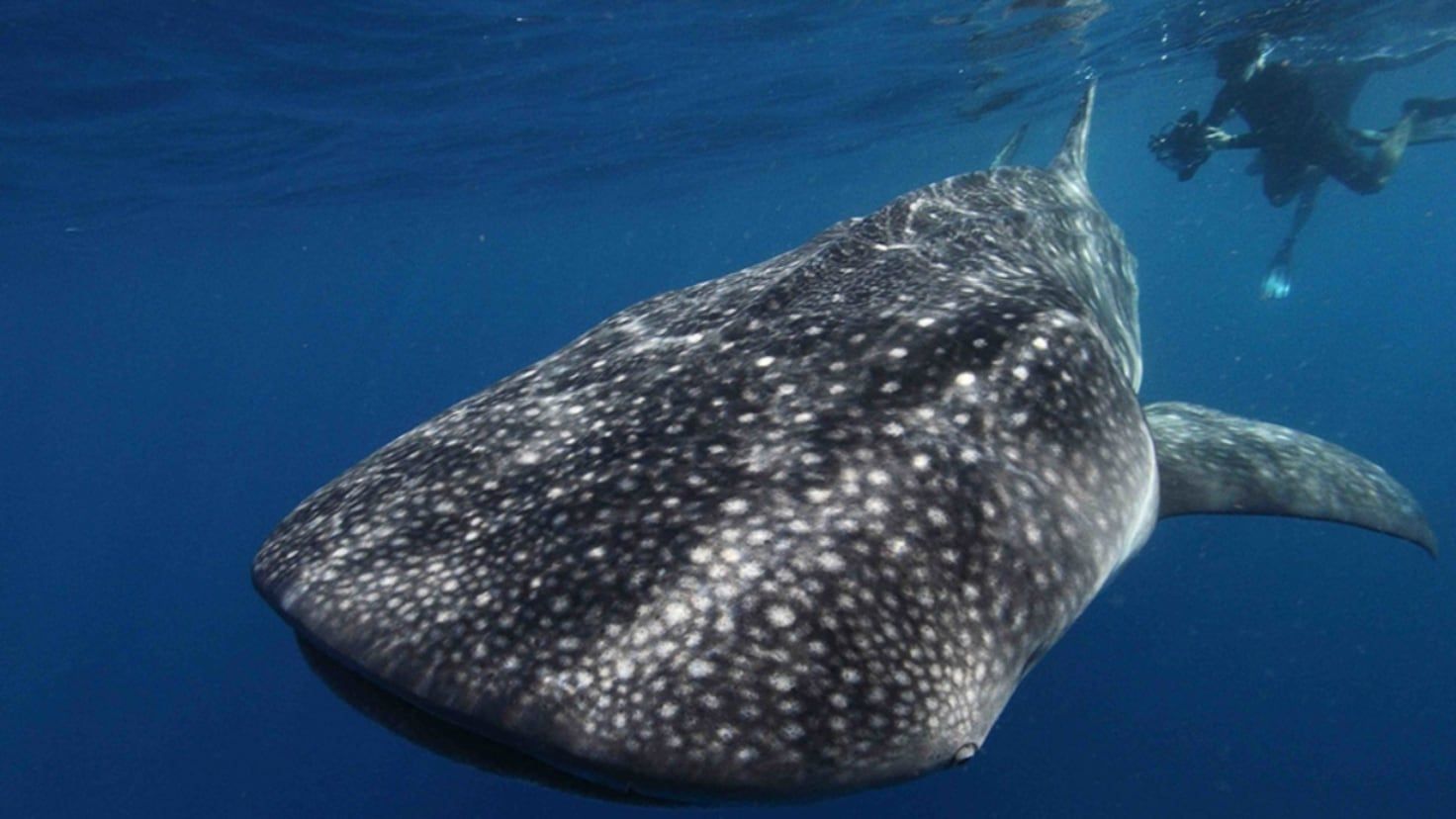Whale Sharks' Mysterious Migration Pattern Revealed

MELBOURNE, AUSTRALIA - A groundbreaking new study published in the journal Diversity and Distributions has uncovered the key to whale sharks' remarkable ability to navigate vast ocean distances.
Led by Ben D'Antonio from the Australian Institute of Marine Science (AIMS), a team of scientists has discovered that massive marine creatures are drawn to both natural features such as seamounts and canyons, as well as artificial structures like oil and gas infrastructure. This unique combination of foraging opportunities and "stepping-stones" is said to facilitate their migratory patterns across the world's oceans.
According to D'Antonio, whale sharks use graph theory to analyze satellite tracks from over 78 individual specimens that migrated thousands of kilometers over regional and broad spatial scales. The researchers were also able to track these magnificent creatures at two aggregation sites off the Western Australian coast, Ningaloo Reef and Shark Bay.
The implications of this research extend far beyond our understanding of whale shark behavior, with significant insights into conservation and management strategies for marine megafauna like this iconic species. "We need to consider both natural and artificial structures when developing conservation plans," D'Antonio noted in a press release. "This is particularly important in decommissioning decision-making."
However, despite their intriguing movements, whale sharks still face significant threats from human activities such as vessel strikes, fishing bycatch, and entanglement.
"This research highlights the importance of understanding our marine megafauna's behavior and habitats to develop effective conservation strategies," D'Antonio emphasized.
